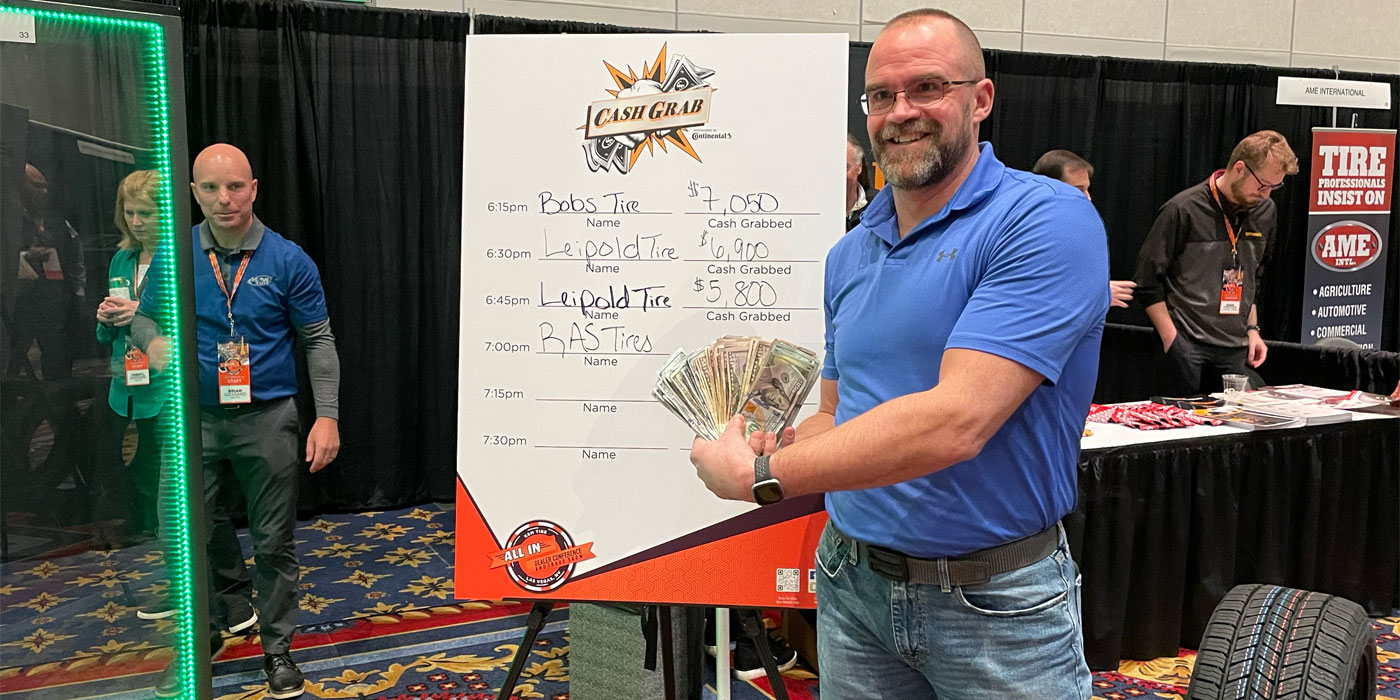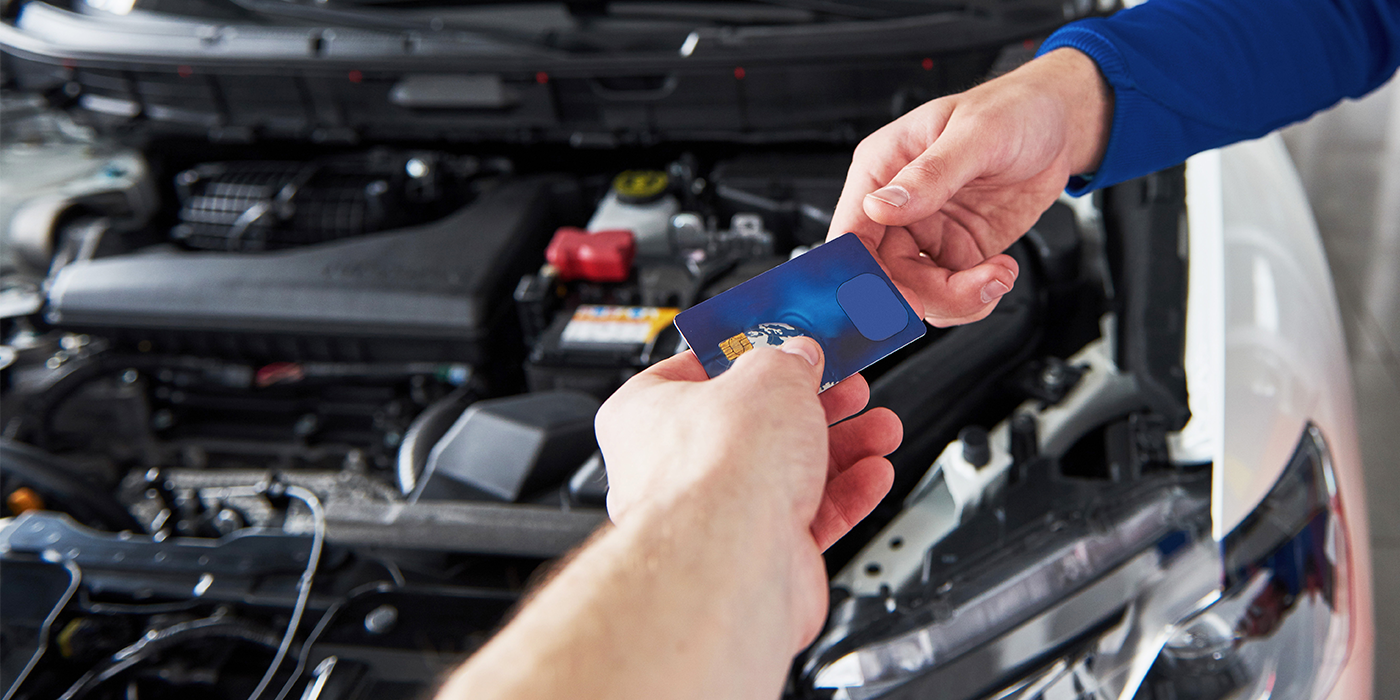The story goes that there was a small tire dealer in a tiny west Texas hamlet. On a big chalk board behind his counter were the names of a couple dozen or so people, many with the same last names. Now this was a very, very small town, the kind where everyone knew everyone else and generations of the same clan resided.
"What’s with all the names?" a route salesman visiting the dealer asked. "Are these folks special customers or something?"
No," the dealer said flatly. "These are all the people who haven’t paid their bills with me."
"So why do you have all their names up there?" the salesman asked."When they pay their bills, the names come off the board. I’ve had some people actually paid bills for their kin just to get their names off the board."
Embarrassment is one of many ways to collect on past-due accounts. In this particular case, it worked quite well. But there are other less-intrusive ways to collect receivables and keep customers long-term.
Receivables might look good if you’re hunting for a bank loan, but they don’t put meat on the table, as they say. Your bottom line – and your ability to pay your own bills – are greatly hindered if you can’t get money off the books and into the cash drawer.
Depending on your type of business – retail, wholesale, commercial, retreading, etc. – you’ll have different customers facing different challenges of their own. There is no blanket way to handle all receivables issues, but there are ways to effectively collect on outstanding debts without alienating the customer.
According to the National Federation of Independent Business (NFIB), the best ways allow your customer flexibility and maintain your cash flow.
Set Rules to Follow
First of all, establish a firm accounts receivable policy and protocol – rules and procedures – and explain them to your customers. "Because many customers forget to pay and you don’t want to alienate any future business, politeness is key throughout the collection process," says the NFIB. "Be consistent, fair and assertive, and maintain a positive relationship with your customers."
NFIB suggests a collection protocol system include sending a collection letter, calling the customer directly, and then charging a late fee (a flat fee or a percentage of the invoice) for late payments.
"Worst-case scenario may mean going to court to collect if you deem it worthwhile," NFIB experts say.
Getting Them to ‘Yes’
Keep in mind that your customers may have limitations that make it hard for them to pay on time. A commercial account may be having a hard time collecting on their own invoices. A retail account may have been laid off. A dealer customer may be struggling. Or the customer may have simply forgotten to pay you. "A wise policy is to initially assume that all overdue bills fall into this last category," says NFIB. However, there may still be an unexplained underlying problem that is causing payment delay. As tactfully as possible, see if you can determine the root cause of the problem. Once you understand the true cause of the delay, possible collection options can be determined.
For the most part, "once notified that payment is expected, most people will pay their bills and continue as customers," say NFIB experts. But you may have to resort to collection letters, collection calls and using a third-party collection agency.
The Collection Letter
"A collection letter allows a customer to save face much more than a personal telephone call," says the NFIB. Experts advise that you use a series of at least three letters to request payment of the account, with each letter getting progressively firmer.
"Your first collection letter should be a polite but firm reminder that payment is past due," say NFIB experts. "The tone should be positive without wavering in terms of the expected payment. For example, it might say one or more of the following:
We enjoyed the opportunity to serve you by (product/service).
It doesn’t seem possible that it was (date) when you purchased (product).
The first letter should include the original invoice number, the date the invoice was sent, the amount due, and the date by which payment should have been made. And it might end with a positive request for explanation, such as "If there are extenuating circumstances associated with this unpaid account, please contact us for discussion about a schedule for payment."
A second collection letter should be sent if you have not heard from the customer within 14 days of sending the first letter, and it should be sterner:
We are sending this letter to remind you that your account for the (product) you purchased on (date) is past due. Please send payment at your earliest convenience.
Our policy requires us to add a late penalty of __% to accounts that are not paid within __days. To avoid this charge, please send payment by (date).
The third and final letter, says the NFIB, "should be mailed just prior to sending the account out for collection." The wording must be strong but remain diplomatic. They suggest:
It distresses us when a valued customer’s account is overdue by (days). Unless we receive payment by (date), we must turn your account over to a third-party collection group. Please help us avoid this step by taking care of the matter immediately.
"If this sequence of letters has not resulted in payment, then the only recourse is to turn over the account to a collection agency," NFIB says. "This should represent the very last resort, but should not be avoided."
The Collection Call
If you need to, you can call the customer. The best time to place a collection call is after sending at least one collection letter warning the customer that their account is seriously overdue.
First introduce yourself and say exactly why you’re calling, remaining business-like and courteous.
"Always give the person the benefit of the doubt at the start," NFIB experts say. "But if the person says anything other than the payment will be sent out immediately, you should make sure that you’re talking with a person who has the power to authorize payment."
When making a collection call, your goal is to get a commitment on when payment will be made, NFIB reminds. "Remember, you need a firm date when the check will be mailed. If the customer doesn’t have the money, insist that a percentage of the payment – say one-half – be put in the mail immediately, with the other half to follow within a specific time period."
Avoid the Repeat Headaches
One of the best ways to avoid lingering receivables is to take steps to prevent their occurrence:
See what the customer can afford to pay up front toward retiring their debt. The amount or percentage may vary from customer to customer, and certainly will depend on the size of the outstanding bill. A good option is full payment on a credit card. "With credit cards, you get paid, and the customer has some flexibility," says NFIB. "If you need to offer other options, at least ask for an initial deposit."
If you’re selling products and services on a regular schedule – such as for a fleet customer – collect payment for each week’s work at the end of that week. "Should the account end prematurely, most of your work will be paid for," NFIB says. "If you can divide your products and services into segments – labor, parts, shipping, etc. – your customer can pay as each segment is received."
Offer customers a proprietary credit card that’s only for your business. And there’s a bonus. "A credit card with your company’s name represents a special relationship you have with your customers, and it offers them an increased incentive to shop with you," NFIB says. Plus, you can add an incentive discount for paying credit card bills early. Talk to your bank to see what credit card options you might have available.
If you’re selling to a customer with a history of past-due-blues, demand future payments according to a plan to which both sides can agree. "Either require full payment by a specific date, or spread payments out over time according to deadlines set at certain intervals," NFIB experts say. "With a payment plan, though, you have to decide whether or not to charge interest. If so, make sure it’s reasonable and competitive."













